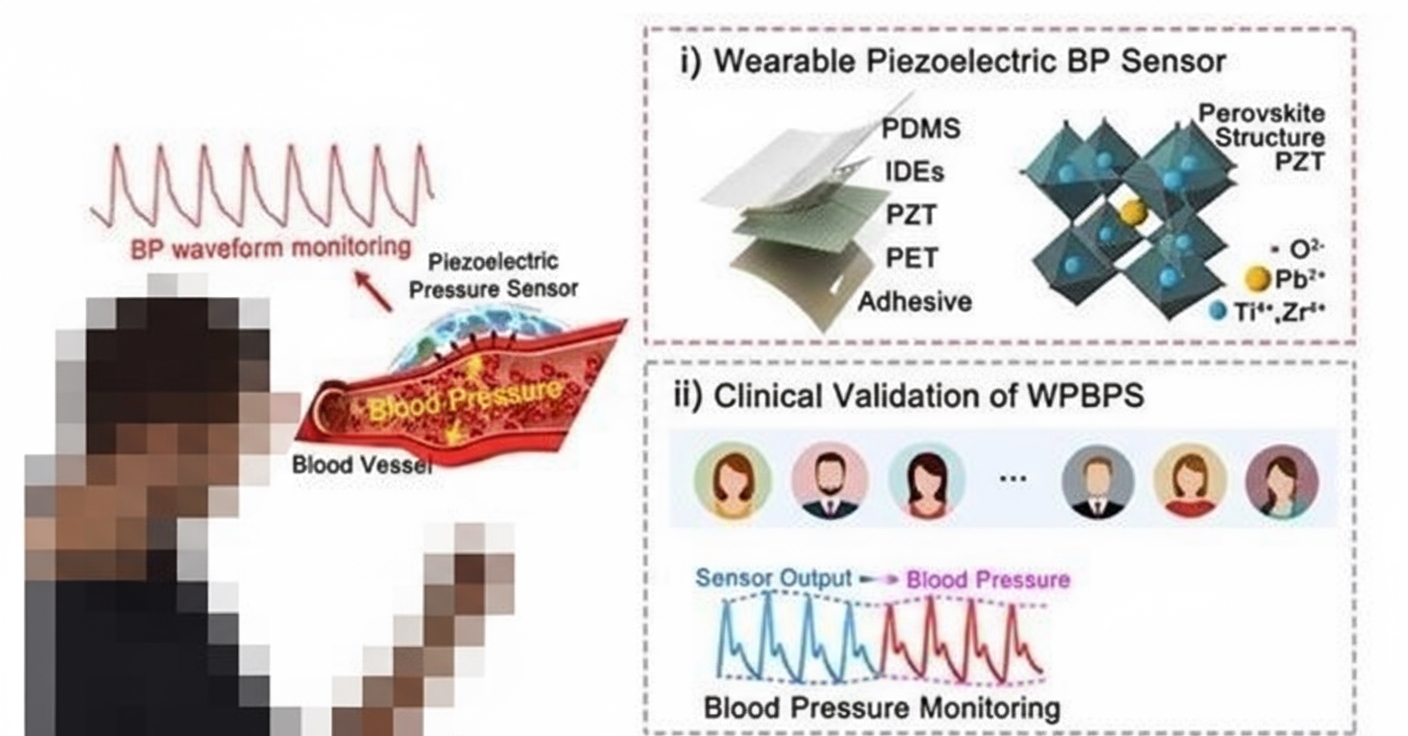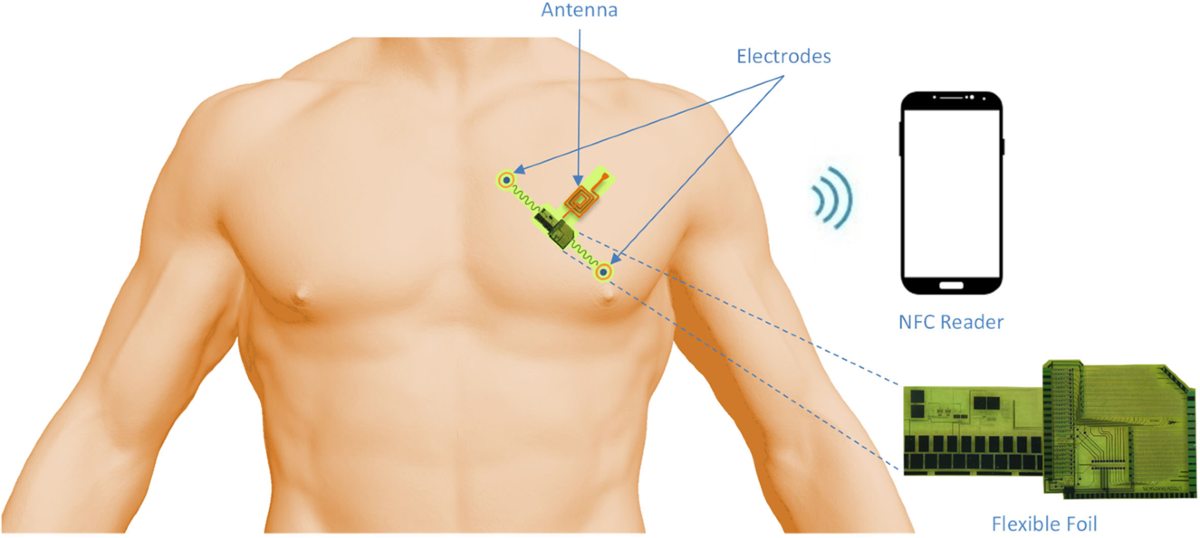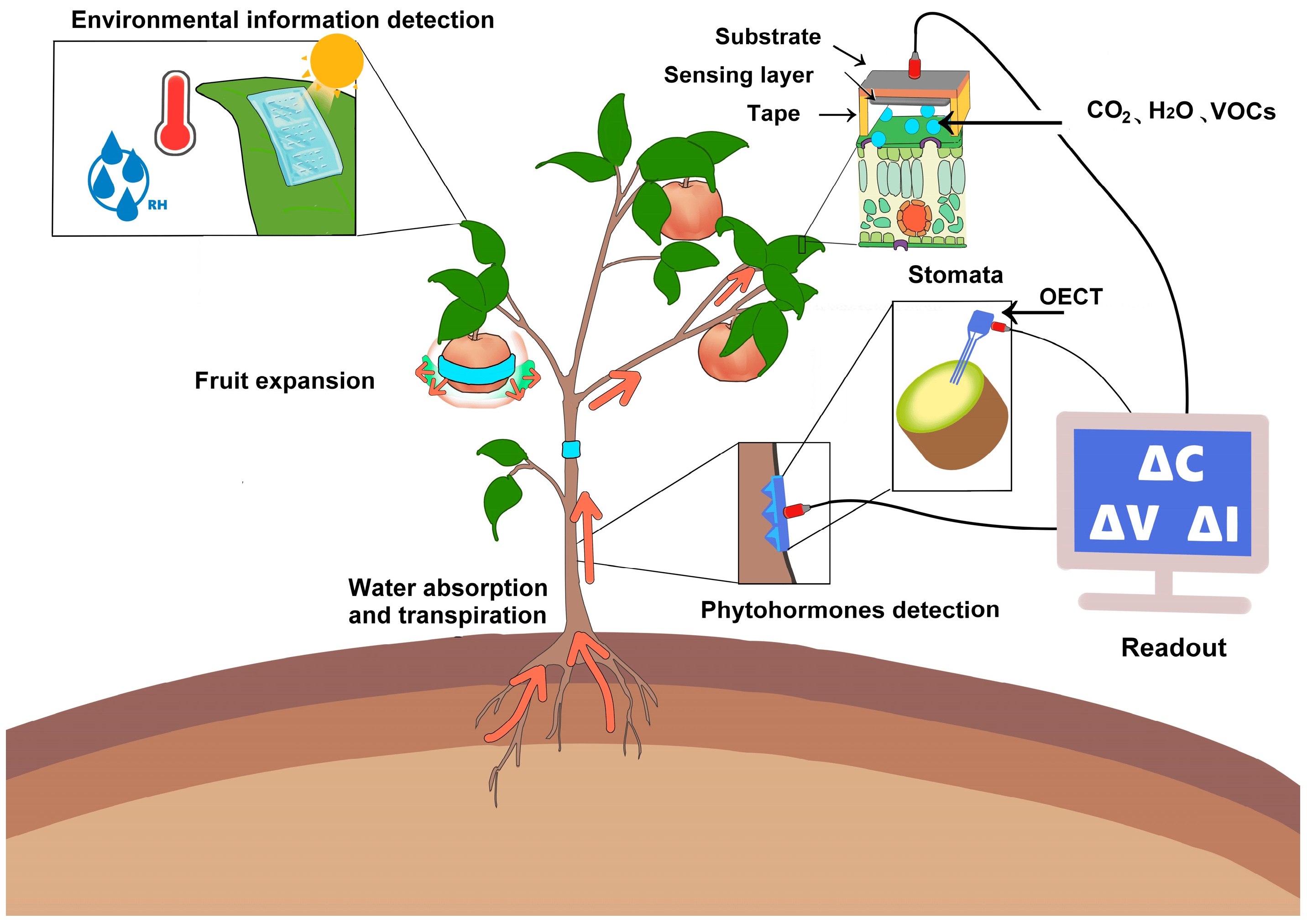Supercapacitors, also known as electrochemical capacitors, are high-power energy storage devices with energy density between secondary batteries and traditional capacitors. Flexible supercapacitors (FSCs) have gained attention for their physical, chemical, and mechanical properties, offering flexibility, lightweight design, and strong compressive resistance. They are categorized into fibrous and planar types based on electrode structure.
Challenges in FSC Design
FSCs face challenges in integrating pseudocapacitive flexible substrates, which increase volume and mass, making them less suitable for portable and wearable devices. Low specific capacitance and energy density also limit performance, requiring a balance between flexibility and electrochemical properties. FSCs must meet electrochemical requirements like wide potential windows, high energy and power density, fast charge-discharge rates, and long cycle stability, while maintaining mechanical deformability. This demands advanced electrode materials, electrolytes, and encapsulation techniques.
FSC Components and Materials
FSCs consist of flexible electrodes, electrolytes, separators, and encapsulation materials. Flexible electrodes, the most critical component, significantly influence performance. Common electrode materials include carbon-based materials, metal oxides, conductive polymers, and composites. Electrodes are fabricated by coating or depositing active materials on flexible substrates or creating standalone flexible films and fibers.
Recent Advances
FSCs are vital for powering flexible smart electronics, particularly in wearable devices, due to their reliable mechanical and electrochemical properties. Researchers have systematically classified and discussed the mechanical properties, structural designs, and fabrication methods of FSC components, including electrodes, electrolytes, separators, and current collectors. Combining FSCs with flexible power sources, such as solar cells, is a promising strategy to meet the long-term energy demands of integrated wearable devices.
Future Directions and Challenges
The development of flexible wearable electronics has increased focus on FSCs. Key conclusions and future directions include:
- Carbon-based materials offer high flexibility and conductivity but have low specific capacitance, necessitating modification and composite development.
- Miniaturization of flexible electronics requires nanoscale electrode materials to enhance electrochemical active sites without sacrificing energy density.
- One-dimensional fibrous and two-dimensional planar micro-supercapacitors are critical for future device miniaturization, requiring compatible gel electrolytes.
- Improved encapsulation processes are essential for durable, wearable FSCs.
Challenges include:
- Low ionic conductivity and narrow potential windows in polymer gel electrolytes limit energy storage and density.
- Increased equivalent series resistance in longer one-dimensional FSCs reduces electrochemical performance, requiring new fabrication methods for extended fiber electrodes.
- Balancing mechanical strength, flexibility, and electrochemical performance is critical for durability and user comfort.
- Safety concerns arise from toxic or corrosive electrolytes and harmful nanomaterials, necessitating safer alternatives.
- Washable FSCs remain underdeveloped due to water-soluble electrolytes, posing challenges for creating washable devices with stable performance.
Recent progress includes washable energy-storage fabrics that are soft, breathable, and withstand repeated machine washing. Continuous fabrication of variable-length energy-storage fibers has also reduced internal resistance, stabilizing performance. Future research should focus on safe, cost-effective, and high-performance energy-storage materials to enable practical applications in portable and wearable devices, potentially integrating electronics into clothing or accessories for enhanced convenience.
 ALLPCB
ALLPCB







